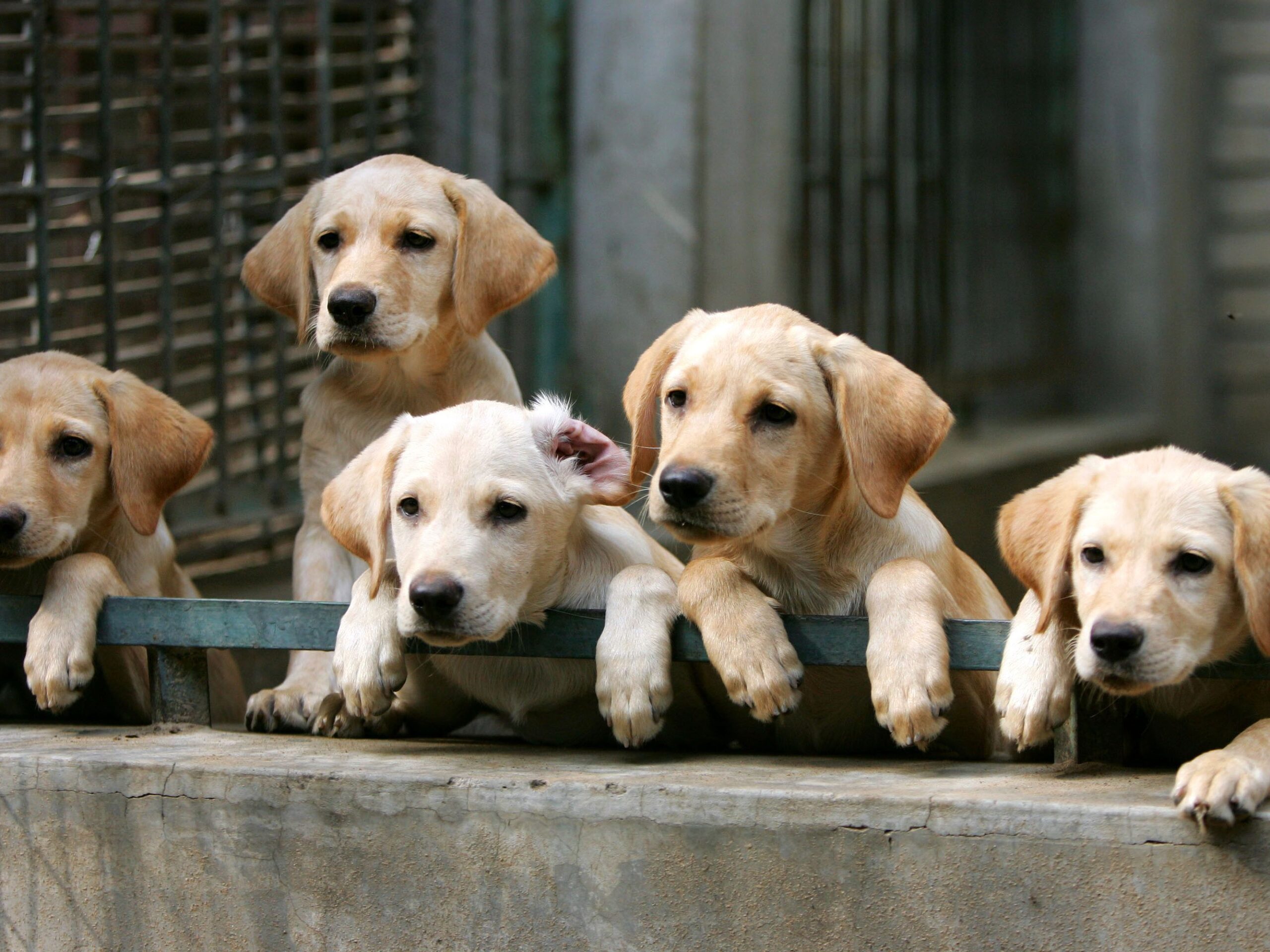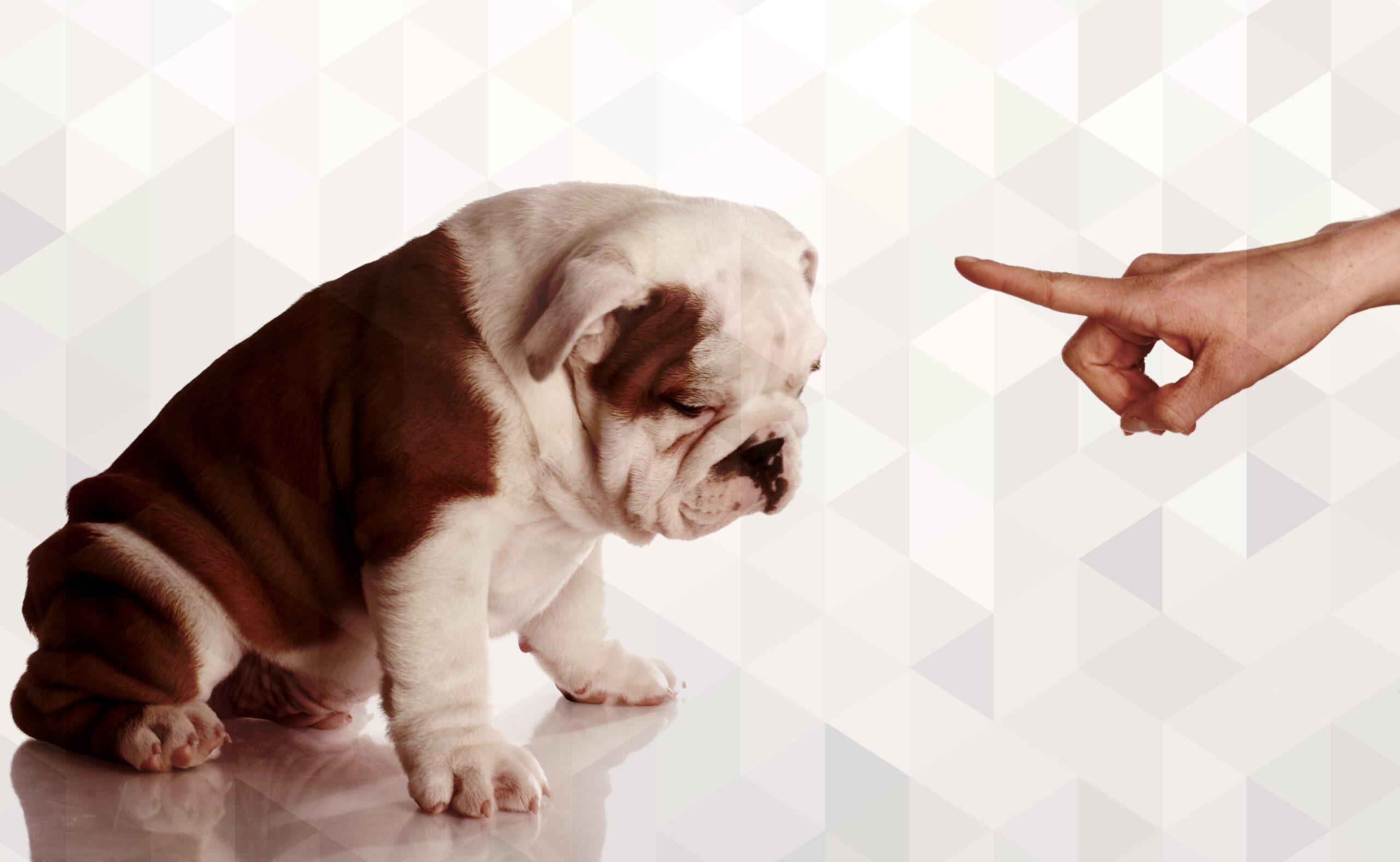Selecting A Puppy: Finding the Right Pup for Your Home
This test helps you decide, from among all those cuddly balls of fur, which one would be best suited to you and your environment. So many problem-plagued clients say, “I wish you could have seen him in the litter. He was so cute… who would have thought he’d be such a problem?” Actually, future problems are often quite apparent, if you know what to look for. Puppies, even at a few weeks of age, reveal ‘key,’ undesirable behavioral tendencies. Some of these are; independence, extreme submission or dominance, vocalizing, mouthing or biting. Once you’ve conducted the test, seen these tendencies, you’ll select your ‘dream’ puppy with insight. Never inflict physical pain during the test; pain can cause psychological trauma in puppies, especially between 8 and 10 weeks old.
The entire family should attend the testing, though only one will conduct the test. Most thoughtful breeders are delighted to see you make a special effort to select the right pup. The best age for testing is between five and eight weeks, but up to twelve weeks is still OK.
If you already have your puppy, have all family members conduct the test three times a week to measure improvement in the pup’s scores. The following test should show improvements, along with the other sections. It’s a great way to create a solid relationship for everyone. Make sessions with the puppy happy and upbeat. Don’t use the test after the pup has reached thirteen weeks of age.
Test each puppy in an area about 20 by 20 feet, out of sight, earshot and upwind of the litter. There must not be any distractions stronger than you in the test area.
Social Attraction
Pick up the first puppy from the litter and go to the test area. Walk to the center of the area, put the puppy down facing you and walk away from him. Look at the pup as you go. Then, crouch down facing the pup and clap your hands to attract him to you. Don’t speak.
People-Following Tendencies
Stand up and start walking away from the pup. Keep your eye on him. Even if you have to walk in circles, keep walking until the puppy either follows or doesn’t follow. If he follows and tries to impede your progress and even bites at your feet, this is not a good thing. If he follows, tail up, but does not bite or try to impede progress this is a good display.
Restraint (holding) Dominance
Gently roll the puppy onto his back. Hold him just firmly enough to restrain him, using one hand on the chest, your thumb and little finger under the pup’s armpits to stabilize him. Restrain him for thirty seconds. If the pup fights wildly all the time, he may be too dominant.
Social (petting) Dominance
Kneel down and sit the puppy in front of, and facing you. Stroke him gently from the back of his neck down to his shoulders. If he bites at your hands or growls he may be too dominant. If he seems to enjoy the petting, you have a more submissive, pliable pup or if he licks at your hands, perhaps even rolls over.
Elevation Dominance
Finally, gently pick up the puppy in both hands. Hold him closely in your arms at chest level. Don’t speak. Hold him still for thirty seconds.


















